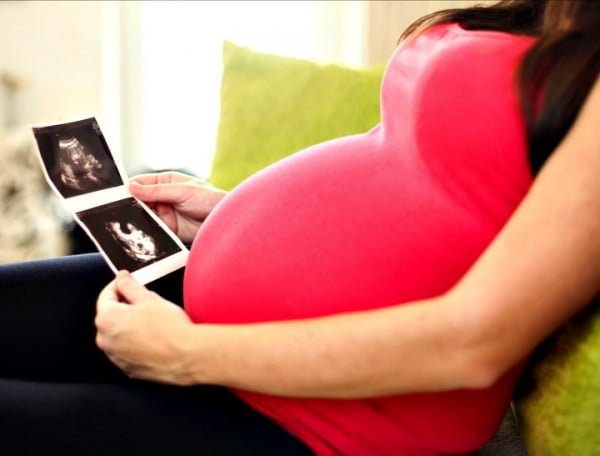
It could eliminate genetic diseases, but not everyone is happy about mitochondrial donation.
The process, which involves creating babies using genetic material from three people, means that science can save babies from being born with mitochondrial diseases, which can cause problems such as deafness and diabetes.
So what is mitochondrial donation, exactly? In a nutshell, a donor egg is used to replace mutated genes before the fertilised egg is transferred back to the mother.

It is claimed that the donor egg only accounts for around one per cent of the baby's genetic make up - but it's enough for the process to be described as creating "three-parent babies".
The problem? It is banned in Australia and around the world due to fears it could see the rise of 'designer babies'.
But things could be changing. The UK has recently reversed its ban, becoming the first country to allow the controversial practice.

